Inside, there is a host of new equipment to accentuate its modern positioning, with a bright yellow mesh finish on the dashboard. The new four-spoke, dual-tone steering wheel has a raised panel with an illuminated logo. It’s not the most ergonomic but it is indeed an eye-catching element. There is a neat glow in the cabin thanks to mood-lighting, not just in the dash and panels but also in the sunroof surround. The automatic dual-zone climate control is powerful and works fast. The large 10.25-inch driver information display and even larger 12.3-inch wide centre touchscreen form the digital cockpit which look right in place here in the 2024 Tata Harrier cabin. It offers wireless Apple CarPlay and Android Auto connectivity and packs many more goodies. The centre unit has a very useful 360° view feature — in both 2D and 3D. The Harrier also packs premium JBL audio with an 8.1 speaker set-up and sound modes that emulate environments and enhance the audio experience—similar to Volvo Cars’ “Concert Hall” setting for the premium audio in the XC90 luxury SUV. Tata Motors surely have aimed high.
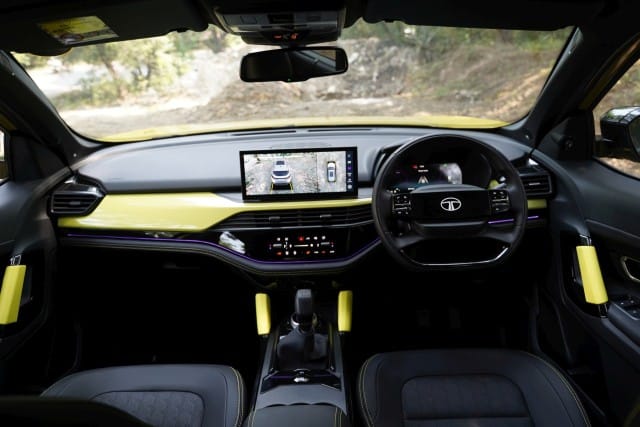
The front seats are quite comfortable and feature three level ventilation. The sporty contrast stitching is a nice touch. The rear seats also afford generous room and the rear doors also get roll-up sunblinds for the windows. The 2024 Tata Harrier now gets a power tail-gate with level adjustment. It opens up to reveal a boot volume of 445 litres with the second row up, with as much as 815 litres with the second row folded down. These values are measures with the plane parallel to the main load floor and tangential to the upper edge of the second and first seat-backs, respectively.
Back at the front, a push on the clutch pedal and then a push of the keyless start button bring the 2024 Tata Harrier to life. The info-cluster lights up and then relaxes as the engine settles into an idle. The clutch pedal action still feels industrial with a long travel and an on-off feel and the gear-lever shifts quality leaves a lot to be desired. However, we must get on.
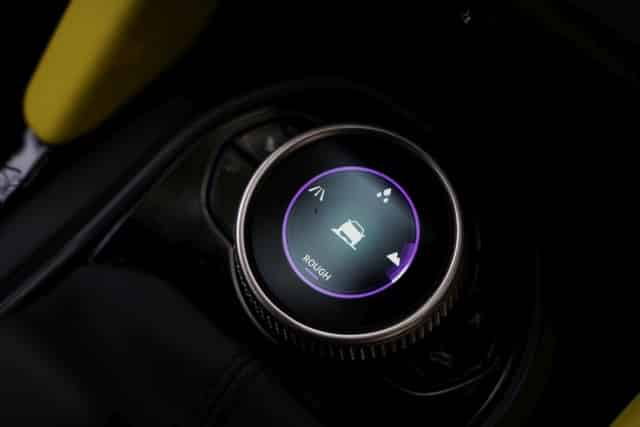
On the move, the digital info-display has a neat animated rev-counter. The on-screen warnings and multimedia seemed to have a conflict of interest with the sound system; to the point of it seeming glitch-y, with every action invoking some accompanying sound—unnecessary, to say the least. Let’s hope these niggles can be ironed out soon. There are drive modes which may be cycled through using a cool rotary selector with a display built in. These include Normal, Wet and Rough modes, apart from an additional button on either side for Economy and Sport modes. The acceleration is decent and the 2024 Tata Harrier can hustle if needed. However, the weight is telling and the set-up isn’t particular fond of any changes of direction. The steering system, although present, feels vaguely disconnected. Overall, the ride quality is fine but I would appreciate a little more reassuring feel to the package.
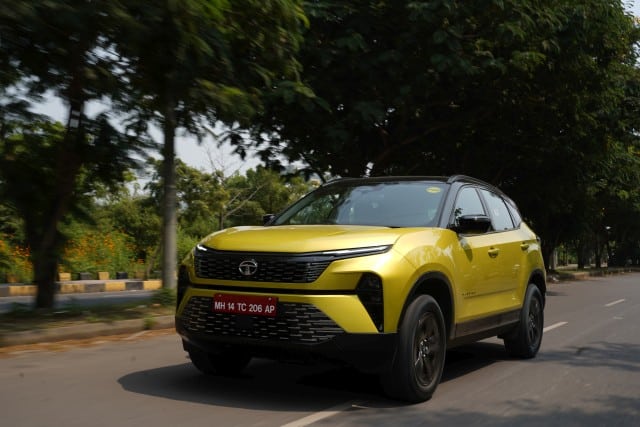
Coming to the driver aids now, which have been reinforced significantly. The Advanced Driver Assistance Systems (ADAS) suite has seen some major additions including blind spot warning, lane-change monitors, lane departure warning, adaptive cruise control with stop and go for up to three seconds, and autonomous emergency braking, among several other assistance systems. There are many benefits of this high spec variant persona, some of which include a centre armrest with cooling, wireless charging, and a choice of USB ports for enhanced connectivity. Another benefit is that it also has disc brakes front and rear, with the lower variants using a front-disc-rear-drum combination.
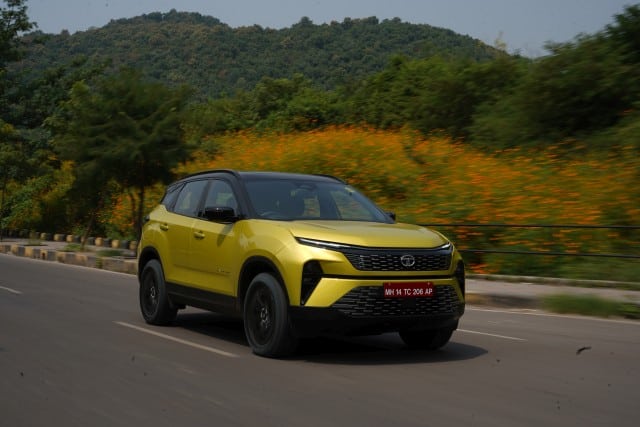
Overall, the 2024 Tata Harrier is a stylish attempt at trying to be a modern and premium offering. For sure, Tata Motors will price it rather competitively. Either way, what matters to the segment of buyers will be the bold styling and elements that make it a looker. Going by the head-turning responses, it looks like another superstar in the range.
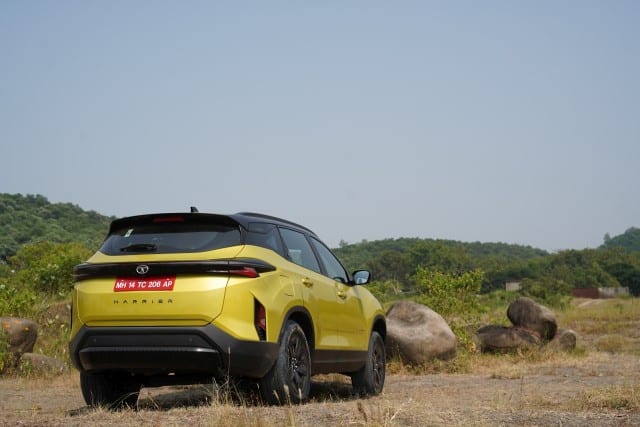
Need to Know – Tata Harrier Fearless+
Price: Rs 24 lakh (estimated)
Engine: 1,956 cc, in-line four, turbo-diesel
Max Power: 170 hp @ 3,750 rpm
Max Torque: 350 Nm @ 1,750-2,500 rpm
Transmission: Six-speed, manual, front-wheel drive
Suspension: MacPherson strut front, twist blade and Panhard rod rear
Weight: 1,680 kg (estimated)




















Leave a Reply